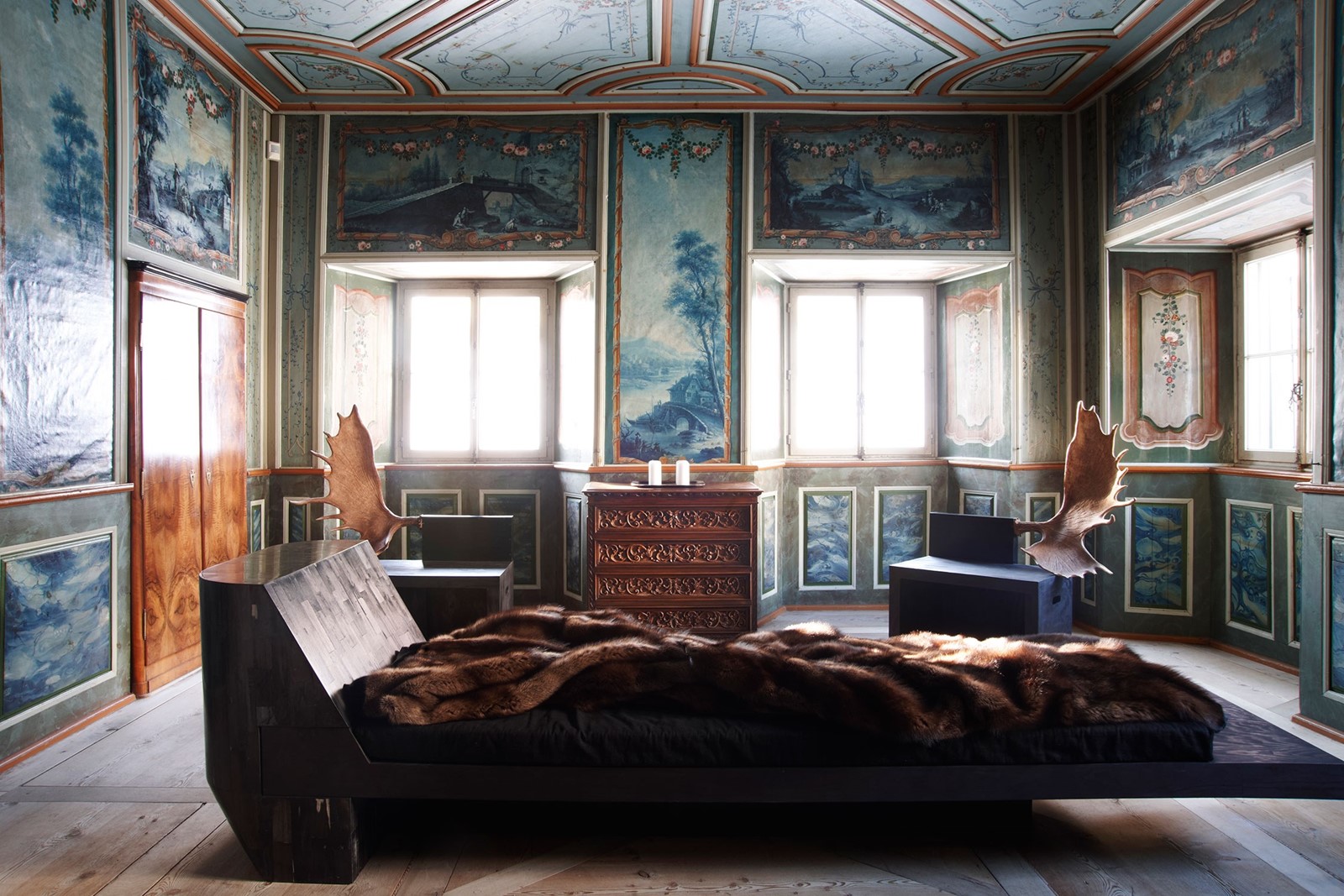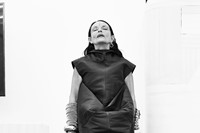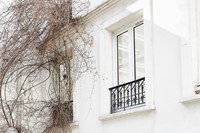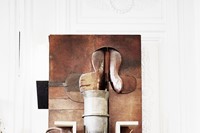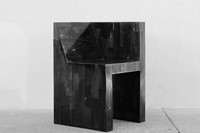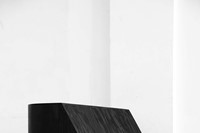“No one makes me lose it like the Hun.” So read the opening words of Rizzoli’s new book, Rick Owens: Furniture, which not only catalogues the remarkable pieces created under the designer’s name, but which also operates as a sort of love letter from Owens to his wife and partner, Michèle Lamy, the Hun in question (it must be said that here, Hun refers to Atilla The rather than the more prosaic alternative). “I can be goal-driven and pedantic. I find comfort in a fashion system that gives me a strict structure […] her organic chaos can really fistfuck my concrete brutalism. So my best bet is to throw her the ball and marvel at whatever direction she runs with it… because it’s gonna end up turning out great.” “Yes, it is a love story,” drawls Lamy proudly, sitting across from me at Dover Street Market where she is in the midst of installing a series of pieces to celebrate the launch of the book – alongside a new presentation of her jewellery collection, Hunrod, which features golden nuggets imprinted with her own bitemarks. To illustrate that fact, she picks up a necklace and holds it between her (gold and diamond) teeth, strikes an archetypally seductive pose. Lamy is just over five foot tall; tattooed and bejewelled; her fingers (and lips) are stained black; she is draped in Rick Owens. She is a formidable presence – and not the sort of woman you’d imagine striking such a pose. You can see why she makes him lose it.
When Lamy and Owens first started out making furniture, it was purpose-built; their marital bed was the first thing that they created, long before they thought that their work might evolve into the sort of thing to be exhibited at global art galleries, because “we don’t buy; we do,” she says. “We have always been this way, always building spaces; small or big. Rick with his studio, me with Les Deux Cafés…” She is referring to the Los Angeles carpark which, in the mid-90s, she transformed into a bacchanalian restaurant that played host to Hollywood’s glitterati and creative types; as Chris Wallace noted in AnOther Magazine S/S16, “Les Deux Cafés amounted to something like social engineering, altering a great many people’s lives and changing the way the city itself behaved, directing flows of people, redirecting eddies of money, and channelling the currents of taste and culture.”

Such a premise, of creating a physical locale to inspire a sort of sociocultural dynamism, is what Lamy is better at than almost anyone else you could imagine. Her ability to curate spaces and people are inextricably interlinked – you certainly can’t picture her hosting her salons anywhere banal or prefabricated – and it is her own, intimate kind of hospitality that permeates each of the pieces. Formed from basalt and petrified wood, crystal and oxbone and alabaster, such objects might easily appear ominously sterile but they are instead imbued with resounding warmth. “Part of the romance invested in the furniture is the look on the faces of the guys who work on it when she sweeps into their studios in the jewellery, furs and smoke – her love for them and their love for her is a big part of every piece,” writes Owens.
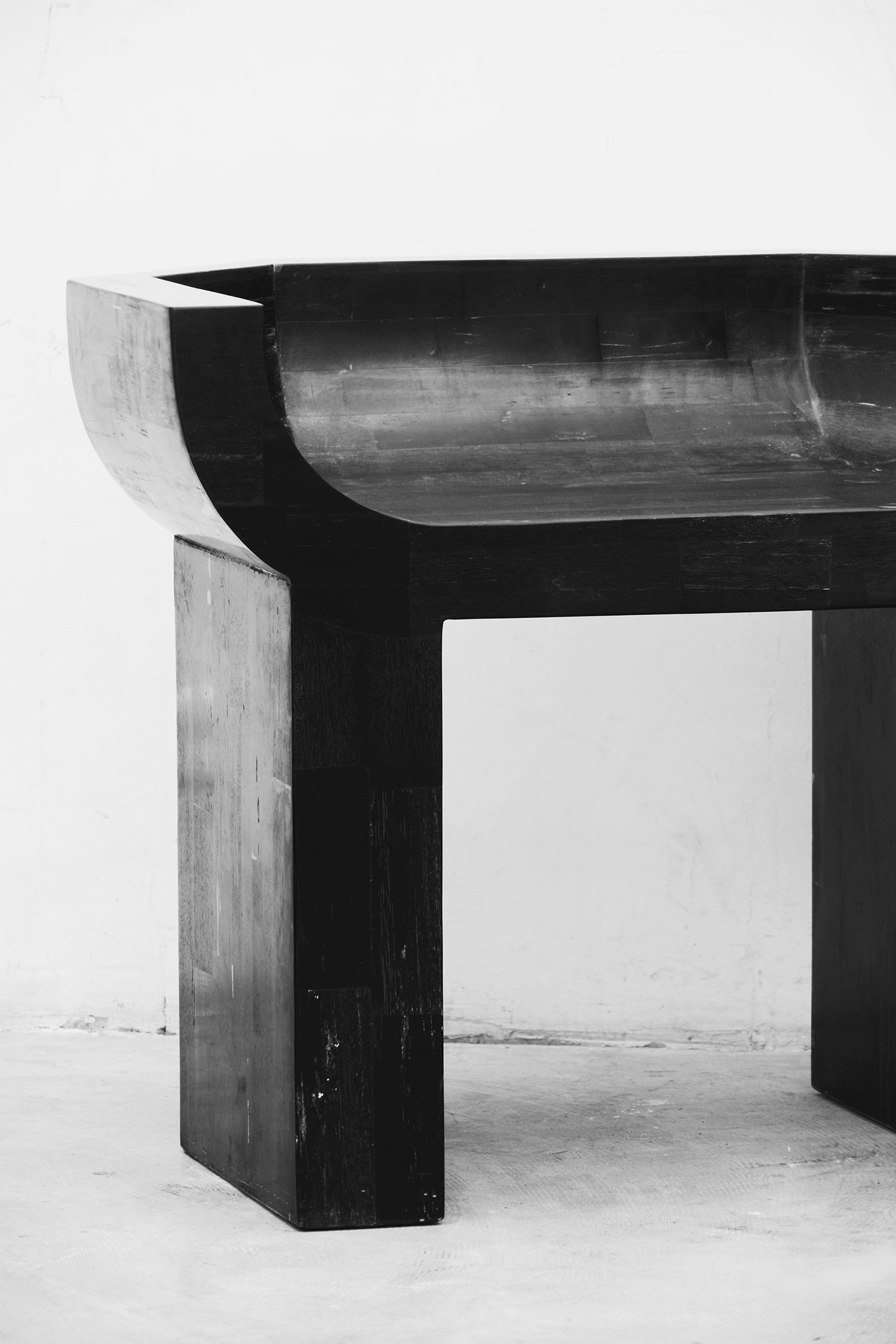
It is true: stand in front of one of the moose antler chairs, or beside one of the white marble benches and they invite interaction – “you have to be there, and feel it,” Lamy says, but the book gives a particularly beautiful indication of that spirit. It is this energy which best defines the Rick Owens brand (in spite of the fact that the furniture is Lamy’s “baby,” it is branded under her husband’s name – “it does not embarrass me at all,” she says, “the sparkle that started it all is him; after that, it is a collaboration and everybody that matters knows”): an aesthetic that could easily be perceived as dark, and hard, and inaccessible is instead invested with a hedonistic romance. “Michèle’s world is always going to be more attractive than mine,” Owens once said to Susannah Frankel. “Her chaos is full of warmth and my environment would be much more rigid and cold without her.” These pieces, resplendent with warmth and rigidity alike, are perhaps the clearest manifestation of the pair’s unique dynamic. “What are the odds that we would be together for 27 years when we were coming from such different worlds?” Lamy grins now. “But we started dancing… et voilà!”
Rick Owens: Furniture is available now, published by Rizzoli.
